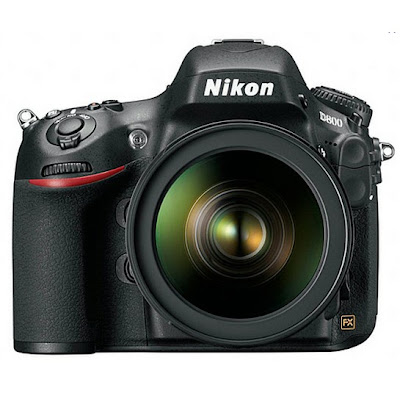
After tearing down the newest MacBook Pro giving it the lowest repairability score ever, the techies at iFixit weren’t satisfied. They wanted to tear down the computer’s flagship component and assess the engineering behind it.
And they did. In fact, after the iFixit team was done taking it apart piece by piece, they concluded that “the Retina display is an engineering marvel.” “Its LCD is essentially the entire display assembly,” iFixit explained. “Rather than sandwich an LCD panel between a back case and a piece of glass in front, Apple used the aluminum case itself as the frame for the LCD panel and used the LCD as the front glass.” They’ve managed to pack five times as many pixels as the last model in a display that’s...



 6/19/2012 08:35:00 PM
6/19/2012 08:35:00 PM
 dannzfay
dannzfay


























